Eurozone PMI Manufacturing was finalized at 62.5 in March, up from February’s 57.9. Manufacturing economy “performed extremely strongly”, with “operating conditions improving to the greatest degree in nearly 24 years of data collection.”
Looking at some member states, Germany PMI manufacturing rose to 66.6, a record high. The Netherlands rose to 64.7, record high. Australia rose to 63.4, 39-month high. Italy rose to 59.8, 252-month high. France rose to 59.3, 246-month high. Ireland rose to 57.1, 8-month high. Spain rose to 56.9, 171-month high. Even Greece rose to 51.8, 13-month high.
Chris Williamson, Chief Business Economist at IHS Markit said: “Although centred on Germany… the improving trend is broad based across the region as factories benefit from rising domestic demand and resurgent export growth…. Driving the upturn has been a marked improvement in business confidence in recent months, with expectations of growth in the year ahead running at record highs in February and March.”




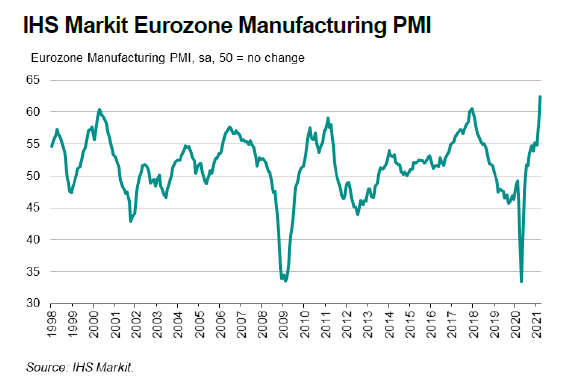

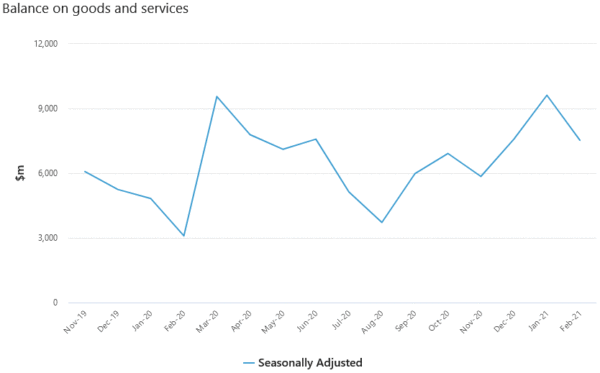
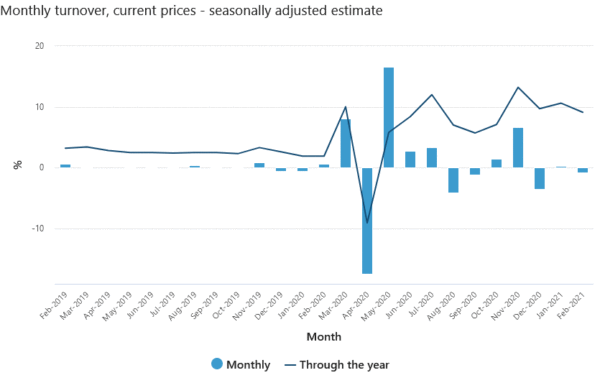
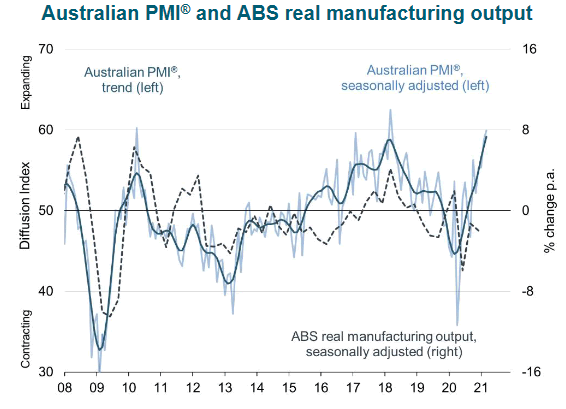

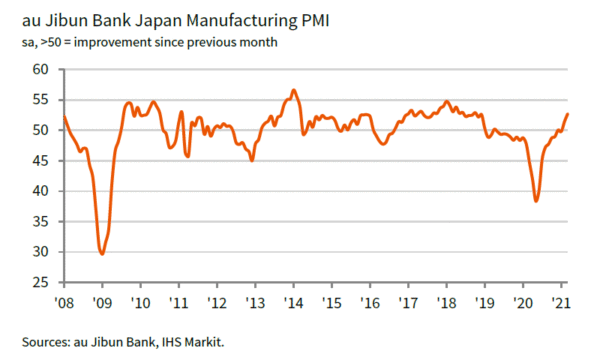
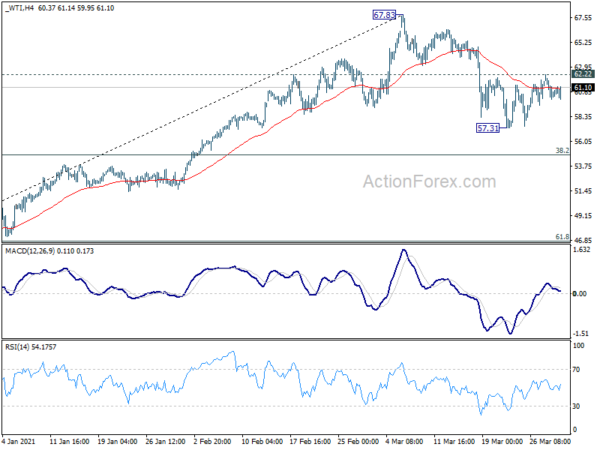
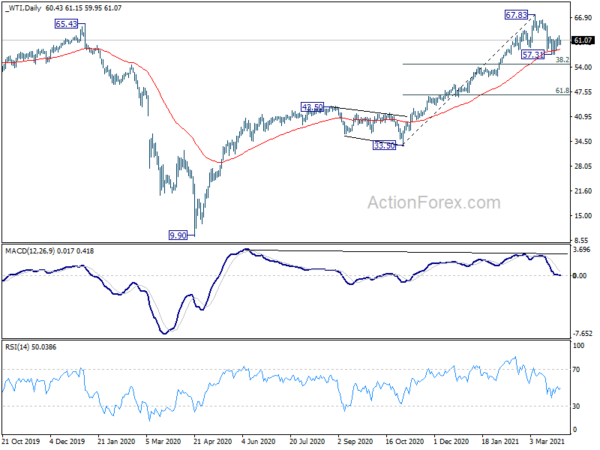
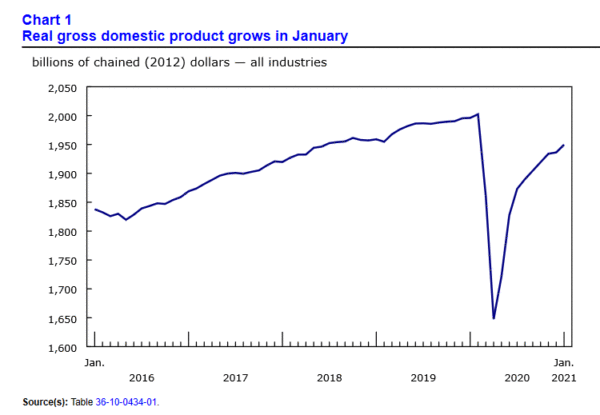
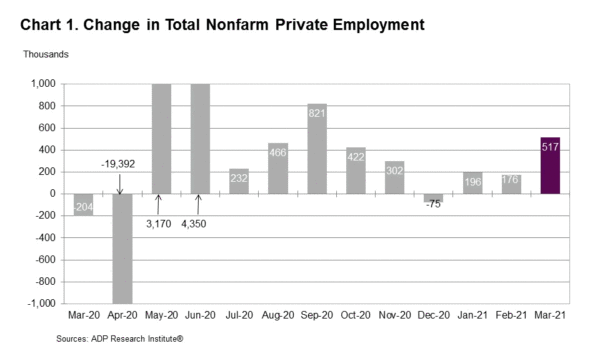
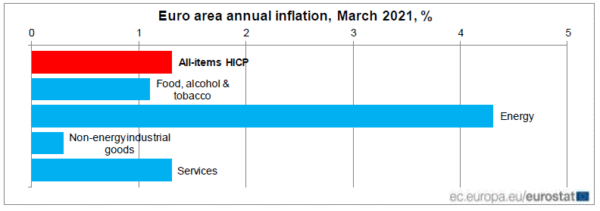
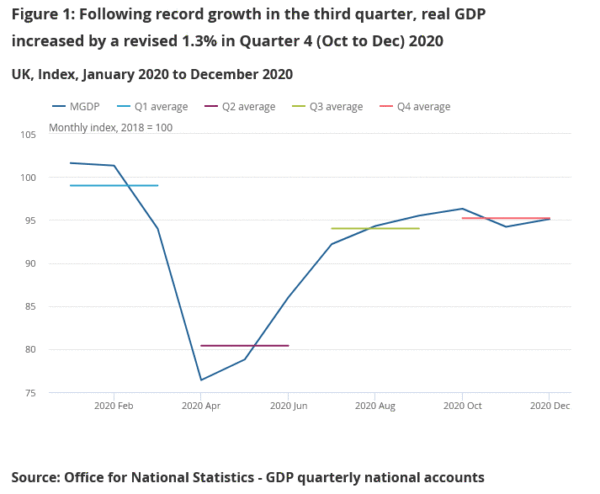
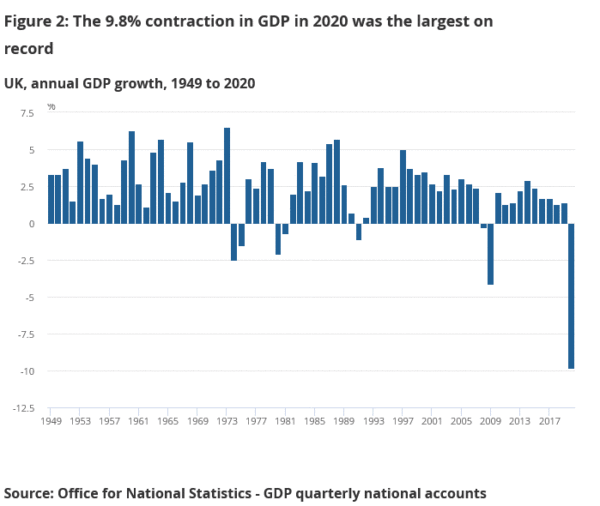
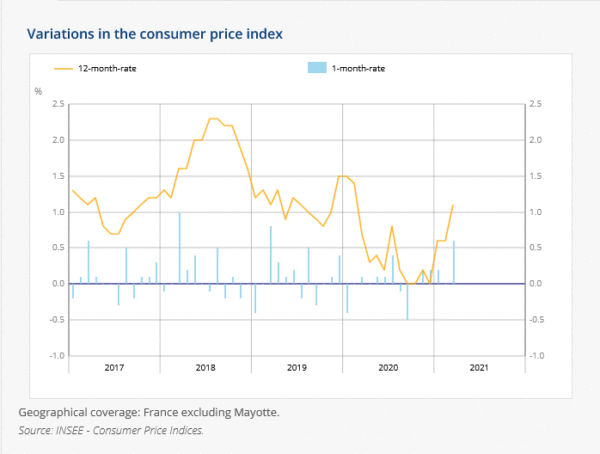
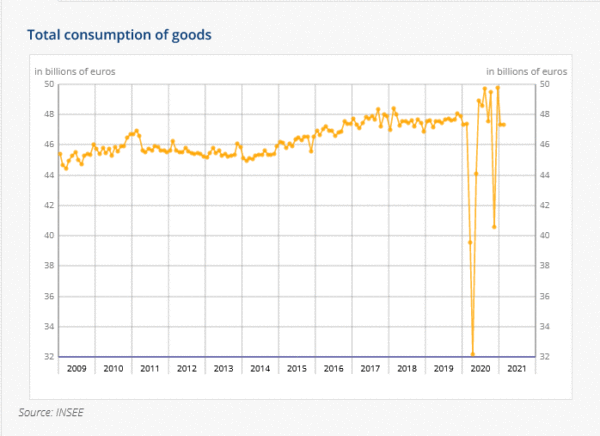
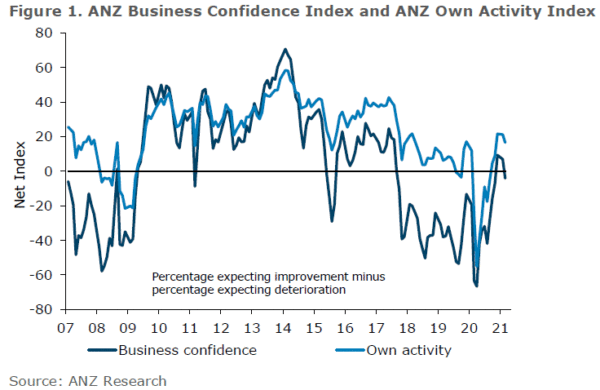
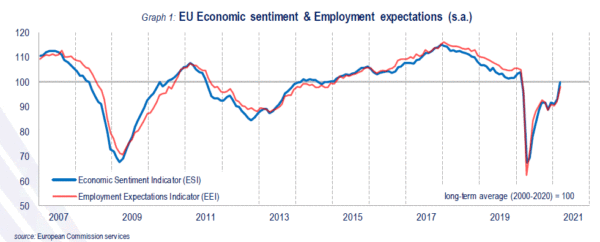
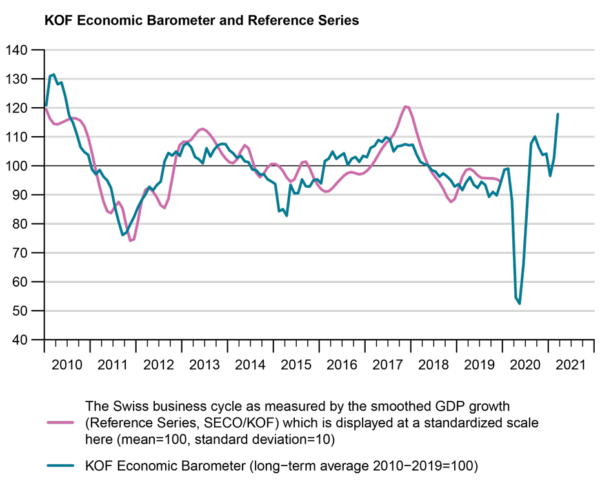

UK PMI manufacturing finalized at 58.9 in Mar, signs of spring appeared
UK PMI Manufacturing was finalized at 58.9 in March, up from February’s 55.1. That’s the highest level in 121 months since February 2011. Business optimism rose to seven-year high. But supply-chain disruption and inflationary pressures built.
Rob Dobson, Director at IHS Markit: “Signs of Spring have appeared in the UK manufacturing sector, with the PMI hitting its highest level in a decade… Weak export sales and supply-chain issues are likely to remain constraints on growth moving forward, however… Demand outstripping supply to such a wide extent is meanwhile driving up prices… The longer these inflationary and supply-chain worries persist, the greater the potential to curb the strength of the upturn as the economy unlocks in the coming weeks and months.”
Full release here.